I have to be honest: I usually claim to be a real expert on Le Marche and yet there are some small villages somewhere that I’ve never visited. It’s Fratterosa’s turn this time, but I am sure the list is long!
If you drive up to the hill top of Fratterosa you soon realize that the people that first built the village must have chosen the location really carefully! Indeed, at the end of the Medieval Times, during the barbaric invasions, peoples were escaping from the valley and looking for a shelter in higher places. Fratterosa was originally a domus romana that was soon abandoned for a safer borgo (village) on top of the hill. At the same time also villages like Mondavio and Corinaldo were built: all with the defensive walls to keep the invaders outside.
It is in this period that very likely the name Fratterosa also originates: castrum fractarum was indeed the nomination for a walled village with the tradition of “soil manipulation”. This is exactly the main feature of Fratte Rosa: the art of terra lavorata. The soil on which Fratterosa was built is rich in white clay, very poor for agricultural purposes but perfect to be worked as terracotta.
Skipping to the 16th and 17th centuries, Fratterosa was the point of contention among several noble families, such as Malatesta, Montefeltro and Della Rovere, and in 1700 Conti Montevecchio won the competition.
The tradition of terracotta remained the main focus for all these years, making Fratterosa a real center for terra lavorata. We will talk about this tradition in another post, because this art is worth all the attention we can give to!
While strolling through the alleys of the village, you can stop and admire the beautiful view that extends from the sea to the mountains, from Conero to San Marino. I personally found very characteristic also the use of terracotta in the sign across the village: street numbers, offices, street names, private shops: all have their signs in terracotta.
I loved the main road that, starting from the roman gate of access to the village, used to be full of small botteghe. There used to be woodworkers, artisans and shoemakers. I could only imagine how crowded and buzzing this street was!
One of the botteghe of a shoemaker has now become a showroom, named La Bottega dei Cocci, literally a room showing the beautifully decorated majolica of Giovanna. She proudly and bravely decided to leave everything as it was in the past, and I think that this vintage touch is adorable.
The soil of Fratterosa is also very useful for the harvesting of “favetta di Fratterosa”, the fava bean, a slow food presidium of our region. It was the first to obtain this recognition in the province of Pesaro Urbino and they say it’s perfect in many dishes, not only on itself but also as a flour, for example.
Isabelle, Elke and I visited Fratterosa with the very knowledgeable Giovanna, but we didn’t have the time to stay to taste the favetta. You know how it goes..we will definitely go back!
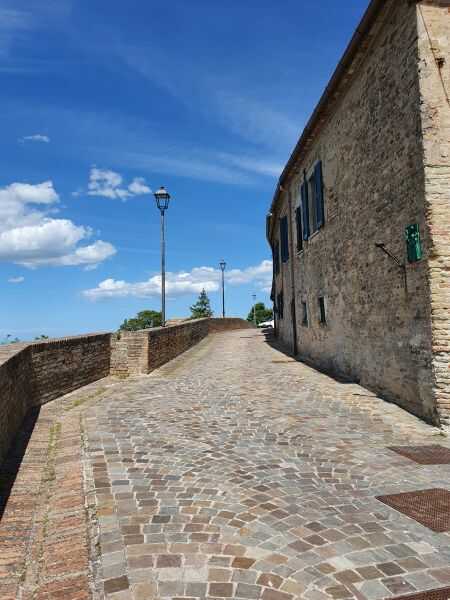

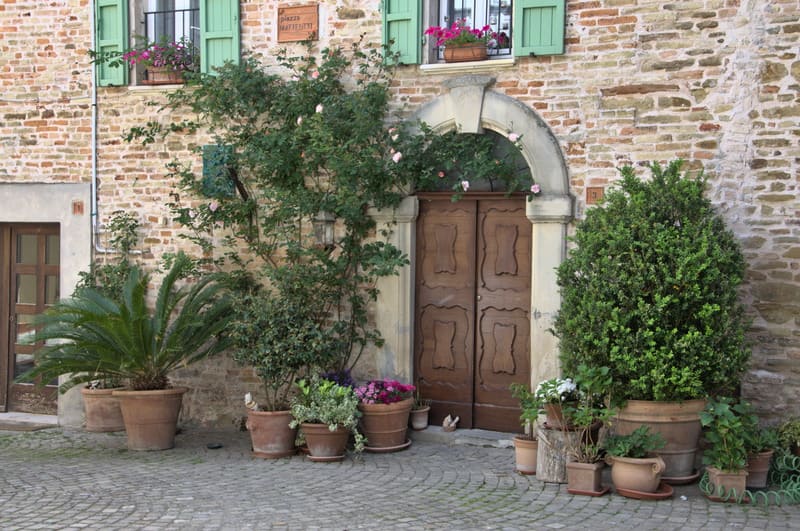

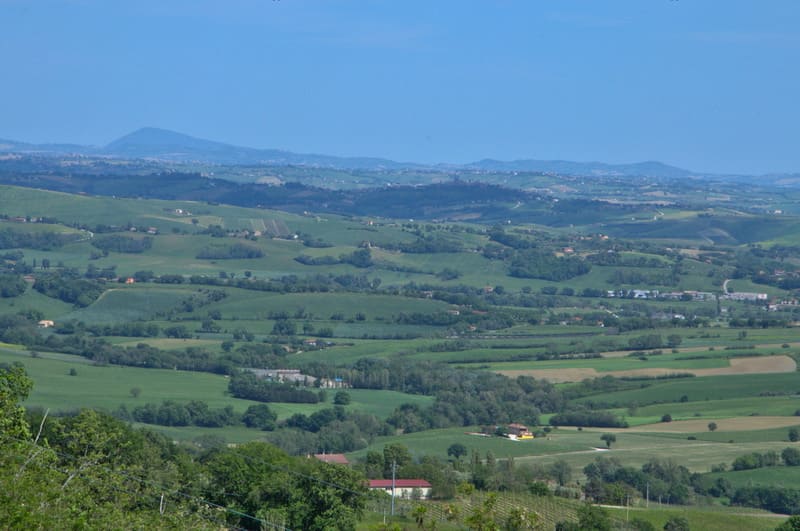
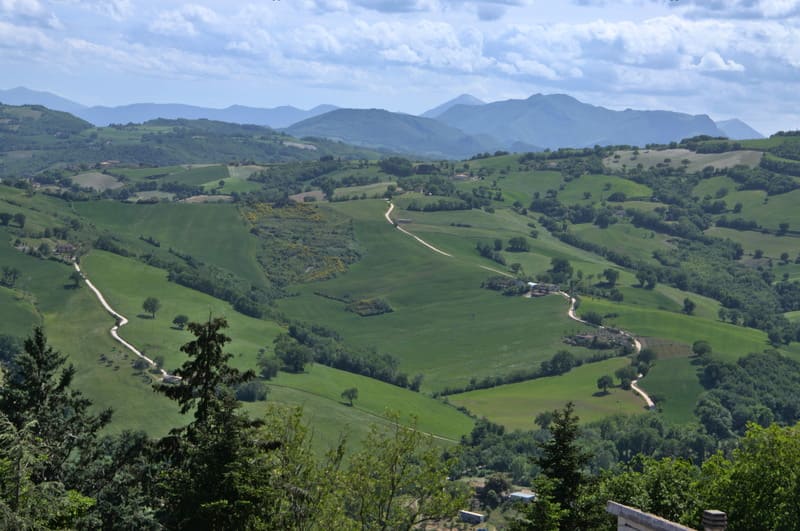
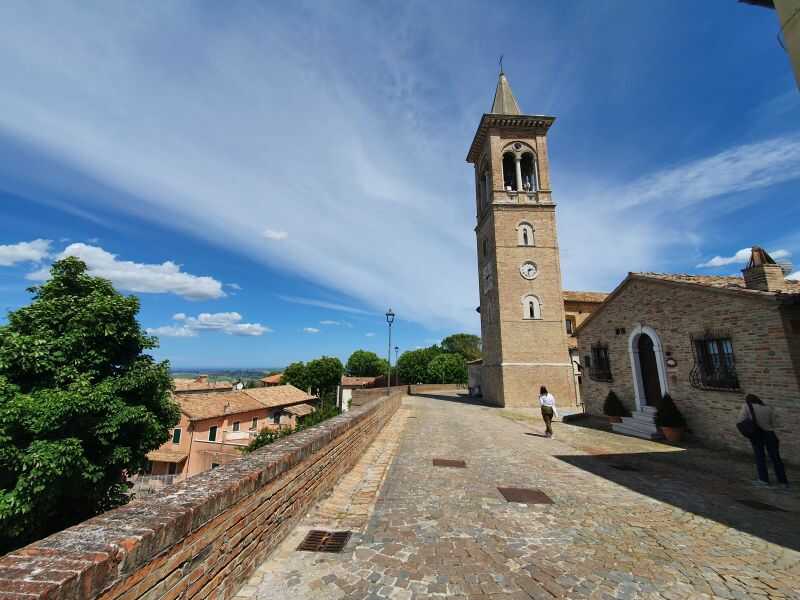
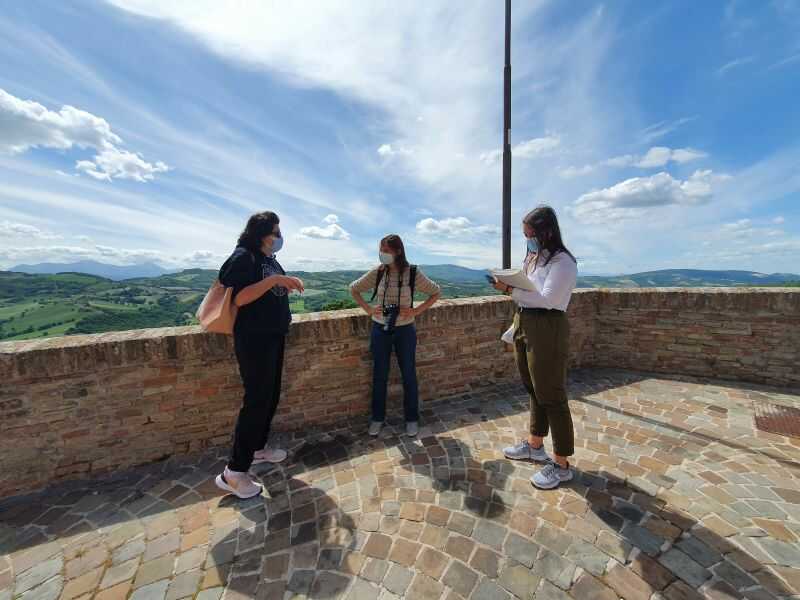
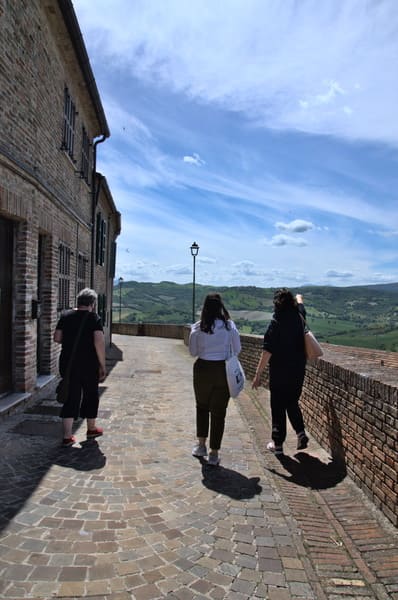
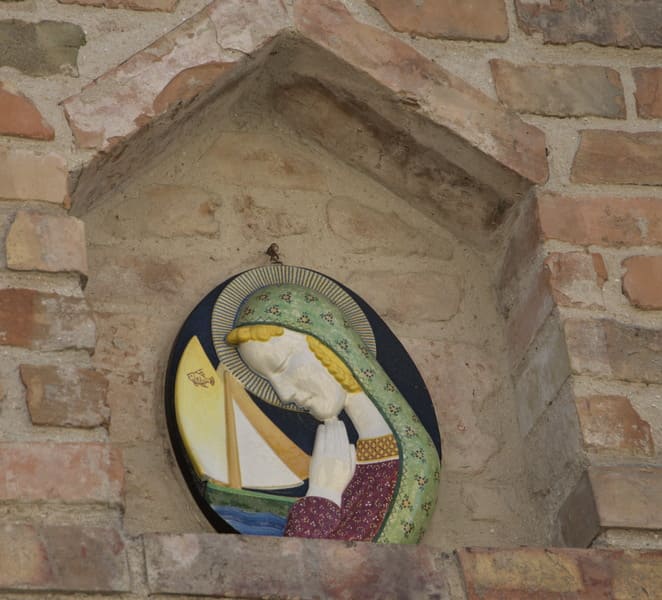
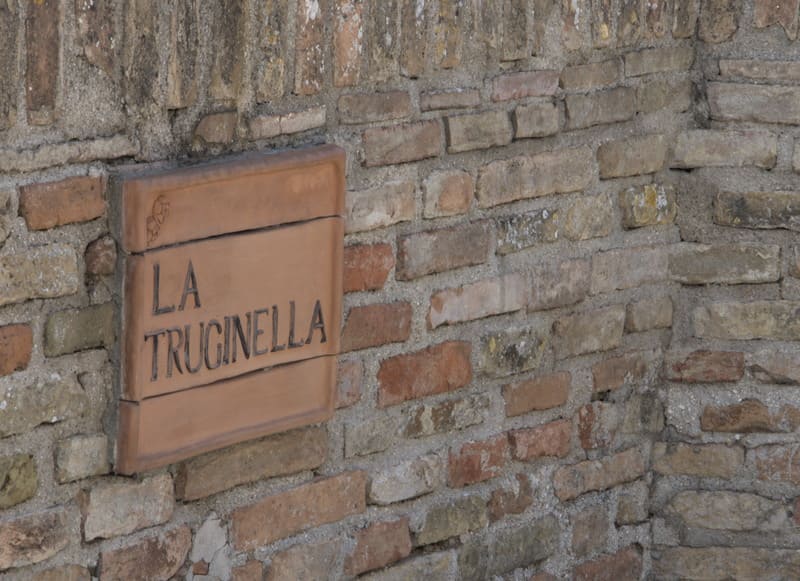
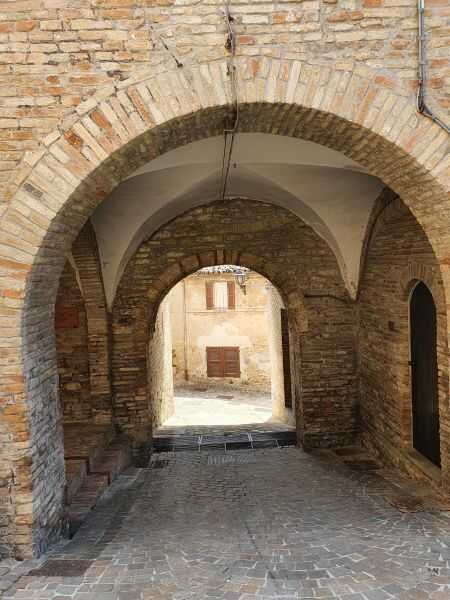
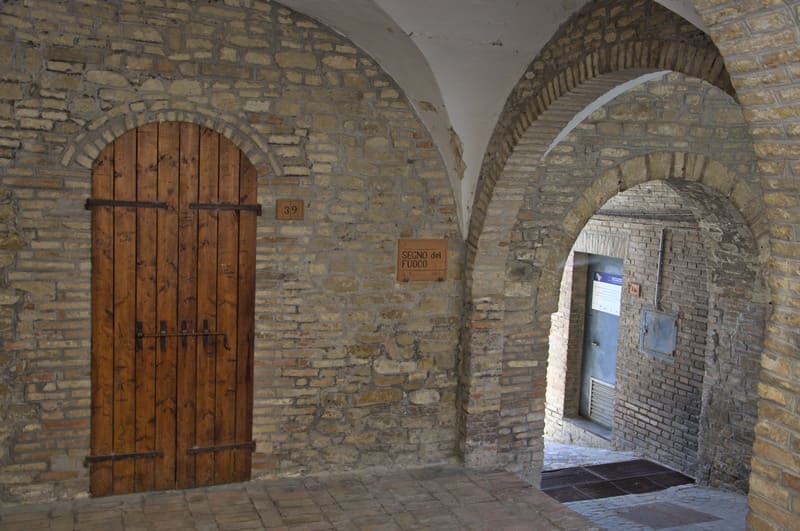
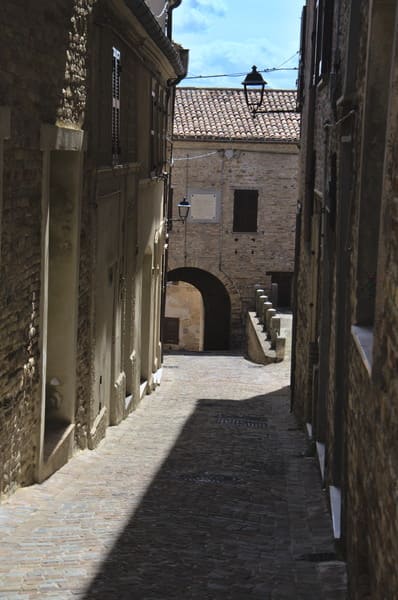
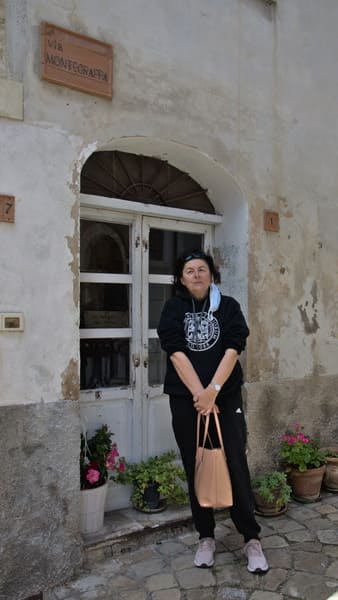
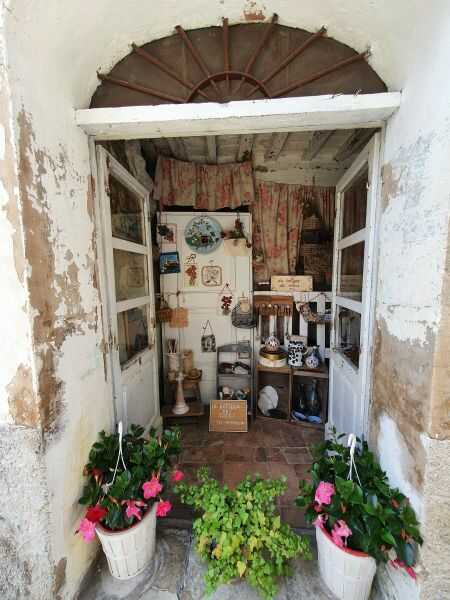
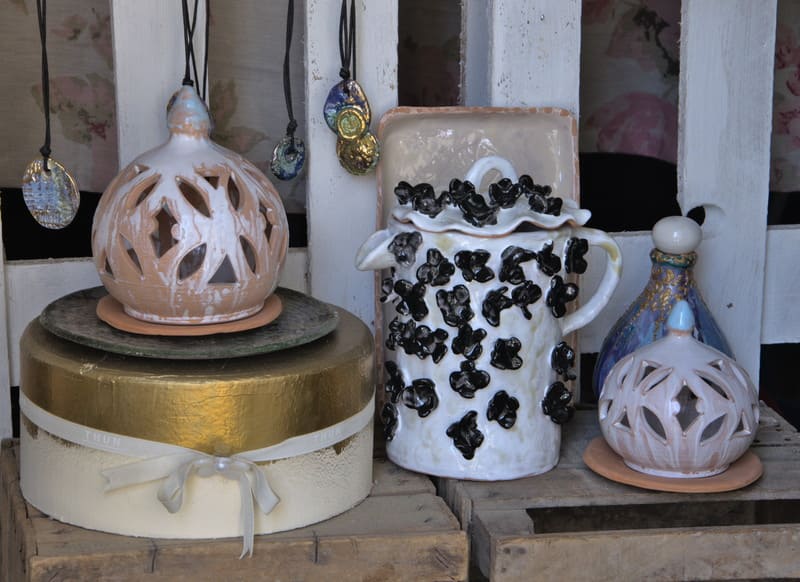

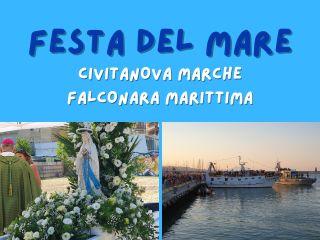
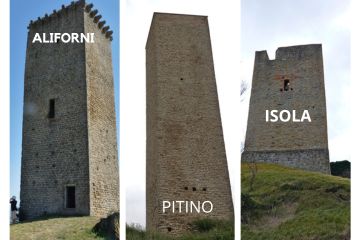
0 Comments